Its painful to bear views that make many think I’m an imbicile and dislike me. So please, if anybody has a rational argument why any of this is wrong, I beg to be enlightened. I’ve set up a diagram for the purpose that will support you to add your criticism exactly where it is pertinent. https://tssciencecollaboration.com/graphtree/Are%20Vaccines%20Safe/406/4083
(1) The National Academy’s Reviews Of Vaccine Safety
The Institute of Medicine of the National Academies has provided several multi-hundred page surveys studying the safety of vaccines, but rather than reassuring, these itemize some iatrogenic conditions being caused, and pronounce the scientific literature inadequate to say whether most others are. The 2011 Institute of Medicine (IOM) Review[1] looked at 146 vaccine-condition pairs for causality, reporting:
- 14 for which the evidence is said to convincingly support causality, the vaccine is causing the condition.
- 4 where the evidence is said to favor acceptance.
- 5 where the evidence is said to favor rejection, including MMR causing autism.
- 123 where the evidence is said insufficient to evaluate.
The 2003 IOM Review on multiple vaccines said[2]:
“The committee was unable to address the concern that repeated exposure of a susceptible child to multiple immunizations over the developmental period may also produce atypical or non-specific immune or nervous system injury that could lead to severe disability or death (Fisher, 2001). There are no epidemiological studies that address this.”
and:
“the committee concludes that the epidemiological and clinical evidence is inadequate to accept or reject a causal relationship between multiple immunization and an increased risk of allergic disease, particularly asthma.”
- None of the IOM Safety Reviews[1][2][3][4] addressed the aluminum (for example whether the aluminum is causing autism), or mentioned contaminants, or discussed animal models although they had concluded as just quoted there is generally no epidemiological or clinical data worth preferring.
(2) The Aluminum.
Alum was added to vaccines back in the 1920’s, with no test of parenteral toxicity until recently[5], because it prods the immature immune system out of its normal operating range.[6] Maybe they figured aluminum is common in the environment, but injection bypasses half a dozen evolved sequential filters that normally keep it out of circulatory flow during development. Vaccines put hundreds of times as much aluminum into infants’ blood as they would otherwise get, and in an unnatural form that is hard for the body to remove.[7][8 (cfsec 4.2)][9]. The published empirical results indicate its highly toxic.
- Bishop et al in NEJM 97 reported a Randomized Placebo Controlled(RPC) test on preemies.[10][11] Scaling the toxicity they measured to the 4000 mcg in the first six months projects the vaccine series’ aluminum as costing each recipient maybe 15 IQ points and bone density.[12]
- Animal RPC experiments also show highly toxic[13][14][15][16]
- The applicable epidemiology suggests its highly toxic.[8][18][19][20][21][22] Discussed more in point 8 below, basically every study that compares more to less finds less much better.
- Numerous clinical publications, whole special issues, on ASIA (Autoimmune Syndrome Induced by Adjuvants)[23][24][25]
- Any “placebo” controlled test I’ve ever found of an adjuvanted vaccine, the “placebo” contained an adjuvant.
- Safety reviews ignore the issue. Search the pdfs. [1][2][3][4]
- The FDA[26] cites a theory paper[27] that compares a published MRL based on dietary experiments in weaned rodents (thus completely uninformed about toxicity in early development) to a theoretical model of blood aluminum levels from the vaccines, and disdains all the above cited empirical evidence.
(3) The Safety Studies Ignore Confounding Patient Behavior
Since there are no Randomized Placebo Controlled (RPC) trials supporting vaccines, virtually all studies report on the association (or lack thereof) between vaccines and some iatrogenic condition. But parents who believe vaccines made their kids sick, stop vaccinating them, which systematically moves sick or vaccine damaged kids in the studies into the “low vaccine”, “low thimerisol”, or etc. bin. This invalidates most studies supporting safety (and the few remaining ones suck for other reasons). Numerous studies report incredible preventative effects for vaccines, presumably because of this corruption, like having more thimerisol or more MMR’s is strongly preventative of autism and other mental development issues[28][29][30], or like having more vaccines was strongly preventative of atopy, apparently even years before patients got the vaccines[31]. The fact this confounding factor is overlooked demonstrates extreme confirmation bias and is the defining factor of Cargo Cult Science according to R.P. Feynman.[32]
(4) The Animal Models
Animal models reliably and repeatably show in RPC tests (a) that vaccines at the wrong time in development damage the adult brain or behavior [33][34] and (b) that multiple vaccines cause autoimmune disease even in animals bred to be non-autoimmune[35][36]. The effects are said to be robust, and as we’ve already seen there isn’t good human data rebutting them.
(5) The Contaminants
Studies have repeatedly found contaminants such as viruses, retroviruses, circoviruses, and human DNA in vaccines seemingly whenever tested,
and I’ve found no reason to believe off the shelf vaccines are free[37][38][39][40][41]. Reported contaminants have included SV-40 in polio vaccines which were administered even though scientists knew the vaccines were contaminated and already had hunches and experiments indicating SV-40 causes cancer[41][42]. Chimpanzee Coryza Virus became known in humans as RSV and has killed many millions of infants and hospitalizes 100,000/yr in America today[43]. Contaminated polio vaccine is plausibly also the origin of HIV[44][41]. There are discovered viral contaminants in vaccines today[38][39], with unknown long term effects, as well as I expect many undiscovered contaminants.
(6) Studies Ask Whether Some One Vaccine Damages, and Thus Miss That Many Do.
Virtually every study not reporting damage compares kids who got numerous vaccines to kids who got numerous vaccines. Such studies wouldn’t show statistically significant results no matter how much damage the vaccines are doing, unless one vaccine or vector by itself is doing comparable or more damage than the rest put together. The studies more or less test the hypothesis one vaccine is invisibly damaging, the rest are fine, and the studies are all obscured in the presence of multiple problems, much less the kind of timing and interaction effects observed in animal models. The one study[45] often touted as proving “The Risk of Autism is Not Increased by ‘Too Many Vaccines Too Soon’”[46] in fact compares patients based on antigens, and since DTP had more than 3000 antigens and no other vaccine common among the study patients had more than a handful, effectively compared patients who’d had DTP and dozens of vaccines to patients who did not have DTP (many had DTaP instead) and dozens of vaccines. The only counterexamples to this I’ve found are contrived in bizarre ways to avoid reality, such as the study that withheld the 2 month vaccines till 3 months from a group of kids, and asked the mothers, who were terrified enough a bunch insisted on changing back to the early vaccination group, to record symptoms with no doctor even consulted, identifying the placebo effect as vaccine prevention of diseases. The authors wrote it would have been unethical to give a placebo at 2 months to the kids getting the vaccine at 3 months, in order to do the experiment blind, but apparently consider it ethical to inject dozens of vaccines into your kids with zero placebo controlled testing.[47] [48]
(7) The Extensive Evidence Indicating Flu Vaccines Damage Immune Systems, Particularly in Children.
- RPC test reported child flu vaccine recipients getting 4 times the respiratory illnesses of placebo recipients[49]
- Children seen at the Mayo Clinic 1996–2006 were 3 times as likely to be hospitalized if they had had a flu vaccine[50]
- Prior receipt of 2008-09 TIV was associated with increased risk of medically attended pH1N1 illness during the spring–summer 2009 in Canada[51]
- Multiple papers report flu vaccines damage CD8+ T Cells in both children and animal models[52][53][54]
- Flu vaccine recipients’ blood produced less IFN-gamma in response to new flu than people not previously vaccinated[55].
- The equation they use for flu vaccine “effectiveness” counts making recipients sick as effectiveness. Mathematically, if vaccine recipients get twice as many respiratory illnesses that counts the same as if they get half as many flu illnesses.[56][57] The published evidence of “effectiveness” is published evidence of collateral damage.
(8) The Epidemiological Studies That Aren’t Blatantly Confounded
All the credible ecological or epidemiological studies comparing people who got more vaccines to less indicate damage. For example,
- a 1/1000 increase in Infant Mortality is associated with each 7 additional vaccines in a national series regressed over the developed nations [18].
- An extra 680 ASD or Language impaired are associated with every 1% increase in compliance regressed over the 50 US states [19].
- High correlation between and within nations of vaccine aluminum to autism.[8]
- Two studies in Guinea-Bisseau that showed recipients of DTP died far more frequently than non-recipients, even though the recipients were from far more fortunate backgrounds[20][21].
- Vaccine adverse event reports are far more likely to be fatal if they follow multiple vaccinations than two[58].
- 1 in 10 girls is reported to make an ED visit within 42 days of receiving HPV vaccine[59][60].
Every empirical study I’ve read with a methodology that’s not clearly confounded consistently indicates vaccine damage.
(9) The Consistent Anecdotal and Informal Reports
Anecdotal and informal reports actually compare vaccinated and unvaccinated, unlike the contrived and confounded studies offered to support safety.
- Virtually all the Amish who are autistic turn out to have been vaccinated, the large numbers of unvaccinated in certain communities having no ASD whatsoever.[61]
- The Homestead Medical Practice in Chicago’s Dr. Mayer Eisenstein reports: ““My partners and I have over 35,000 patients who have never been vaccinated. You know how many cases of autism we have seen? ZERO, ZERO.” Also he reports virtually zero asthma.[61]
- Southern religious homeschoolers were anecdotally reported to have very low vaccination rates, and similarly virtually no autism.[61]
- An online survey of 13000 fully unvaccinated shows them to have less than a third of the prevalence of numerous conditions from allergies to skoliosis.[62](Figure 1.)
- More than a thousand parents, some of them Doctors, have posted Youtube reports describing why they are confident they saw their child given autism by vaccines.[63]
Figure 1: Online survey of 13,000 unvaccinated compared to peer-reviewed survey data of the German vaccinated population[62]. The peer-reviewed data shows the vaccinated population averaging better than one chronic ailment per person, the unvaccinated report less than a third of that. The unvaccinated survey is online, selection biased, and self-reported, but there is no trustworthy data rebutting it.
(10) The Authorities, Big Pharma, and Media Are Demonstrably Not Trustworthy.
- All the above 9 points and more are readily observable, but you wouldn’t learn that from the media or in med school.
- A Senior PhD CDC whistleblower has provided numerous documents and testified to congress about an explicit cover-up within CDC of a vaccine-autism connection,[64][65] and media whitewashed it.
- The vaccine manufacturers are exempt from any liability for vaccine damage.
- The same companies repeatedly plead guilty to marketing and safety violations and pay billions in fines.[66]
- They pay vast sums to media and fund the medical schools and research and give boondoggles and perks and contracts to doctors and revolving door government officials.[67][68]
- The authorities and big pharma never publicly commented while contaminated vaccines scientists expected to cause cancer and other dire problems were administered[41][42][43].
- The way the authorities have averted their eyes from contrary results is again the defining factor of Cargo Cult Science[32].
To summarize 10 points in two: (A) the safety literature, wherever it doesn’t outright show vaccine damage, demonstrably is bollixed to where it doesn’t show much of anything. (B) Lots of peer reviewed publications cogently report lots of consistent damage that no published evidence rationally opposes, but are ignored by authorities and media.
The vaccine safety literature is laid out in considerable detail on this TruthSift diagram https://tssciencecollaboration.com/graphtree/Are%20Vaccines%20Safe/406/4083 where readers are invited to add more pertinent citations or arguments. Anybody who thinks I am confused on any point is invited to challenge any claim above and explain why[69]. Please feel free to ask your Pediatrician or other authority, and let me know what they say. I’ve submitted to 2 medical journals so far, but been unable to obtain a substantive review, a review citing any papers or making a case I’m wrong. As I receive no substantive rebuttal, it reaffirms what I have already concluded from extensive research, none exists.


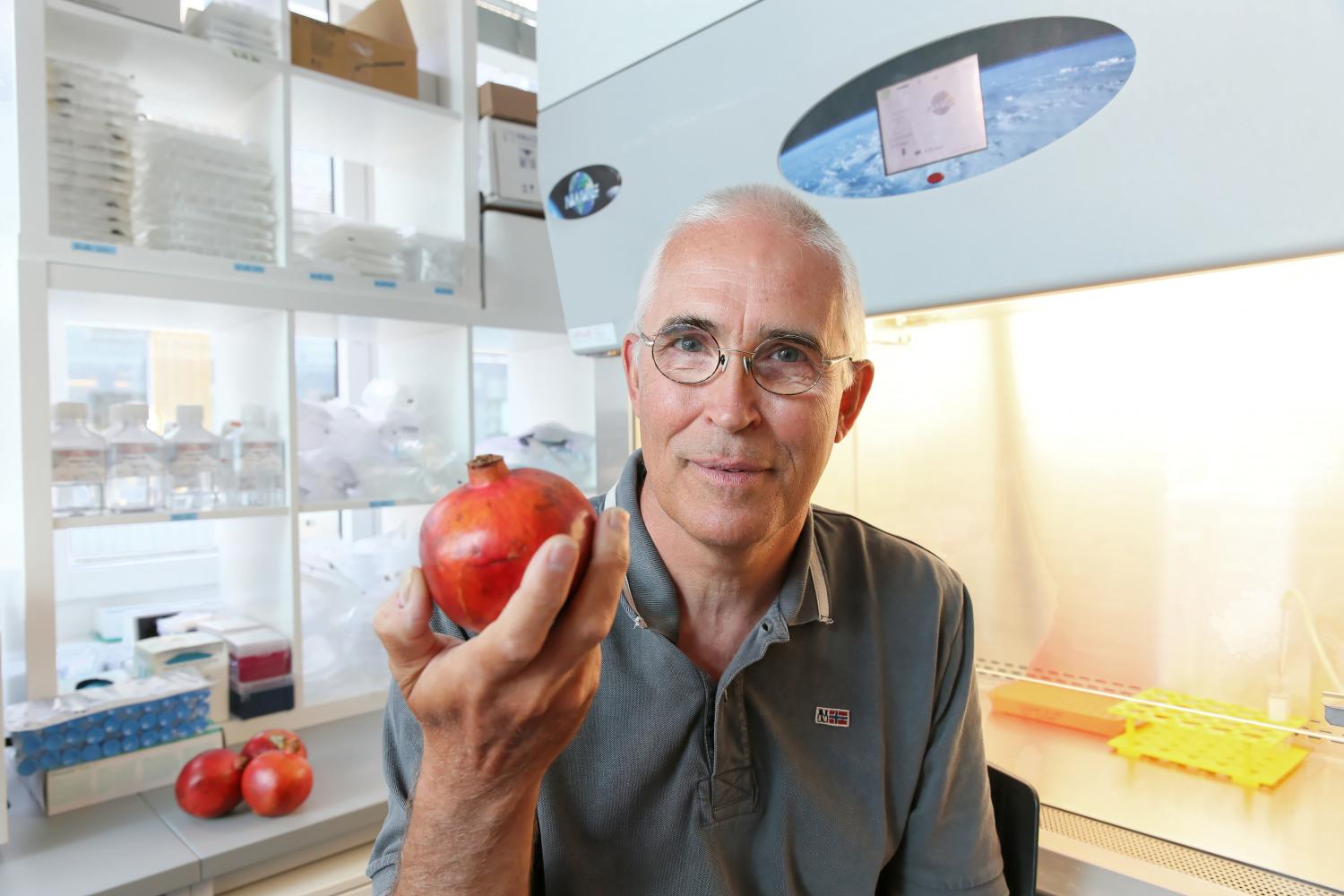

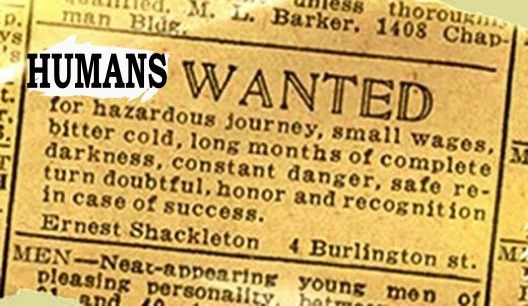

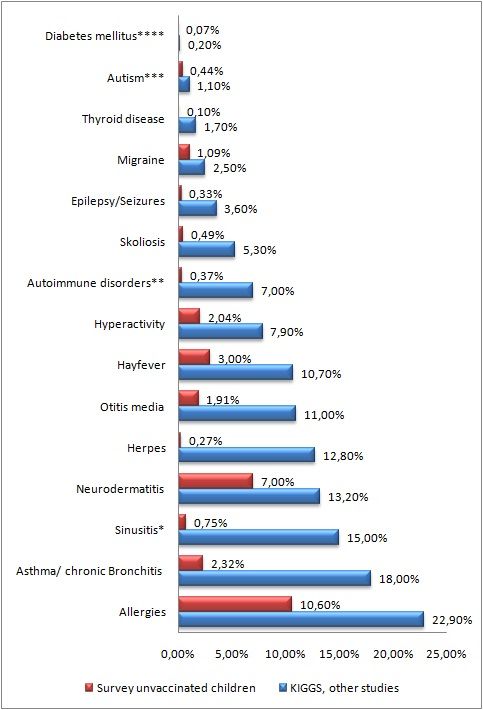

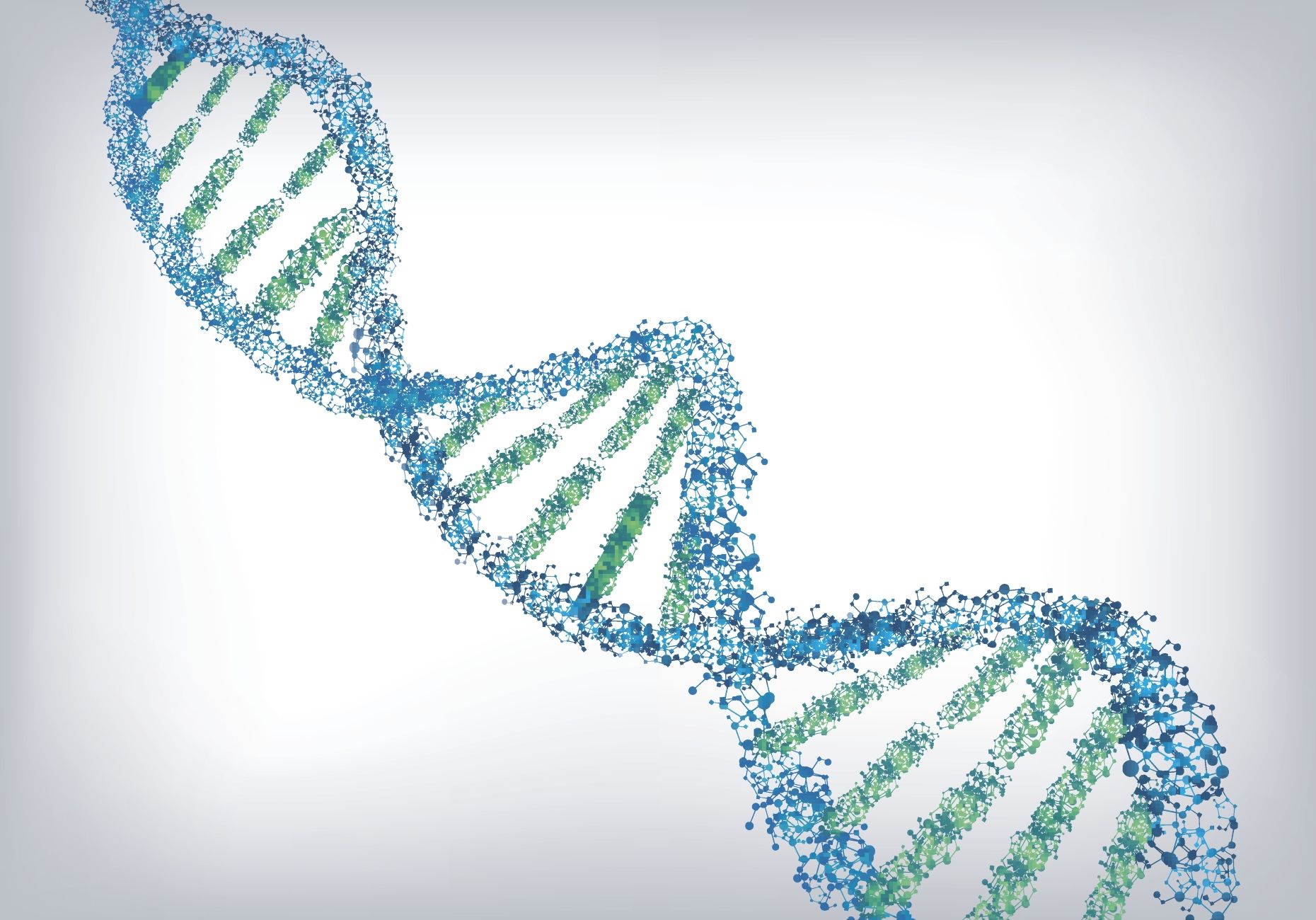
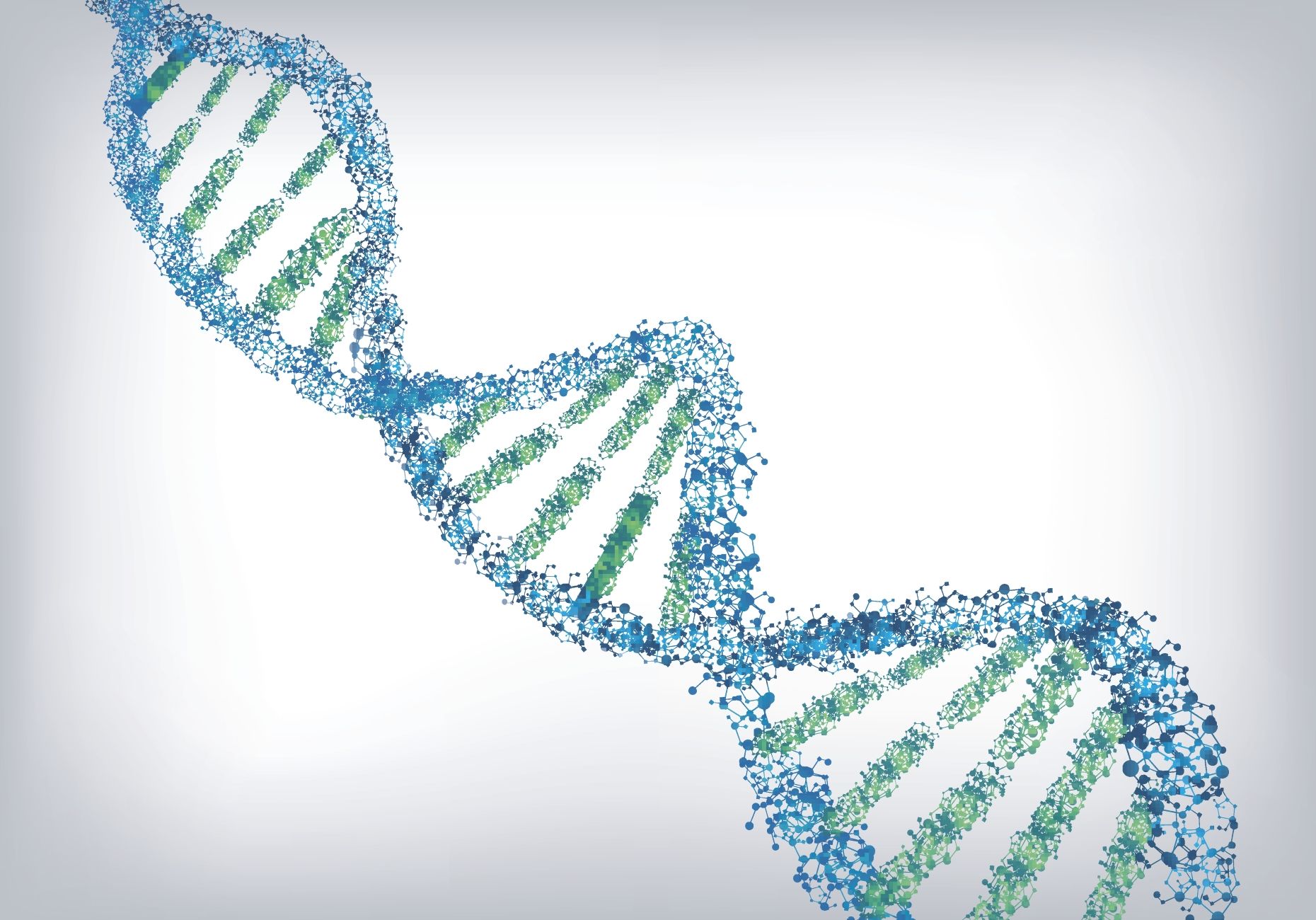 © iStock/ Getty Images undefined How much storage do you have around the house? A few terabyte hard drives? What about USB sticks and old SATA drives? Humanity uses a staggering amount of storage, and our needs are only expanding as we build data centers, better cameras, and all sorts of other data-heavy gizmos. It’s a problem scientists from companies like IBM, Intel, and Microsoft are trying to solve, and the solution might be in our DNA.
© iStock/ Getty Images undefined How much storage do you have around the house? A few terabyte hard drives? What about USB sticks and old SATA drives? Humanity uses a staggering amount of storage, and our needs are only expanding as we build data centers, better cameras, and all sorts of other data-heavy gizmos. It’s a problem scientists from companies like IBM, Intel, and Microsoft are trying to solve, and the solution might be in our DNA.